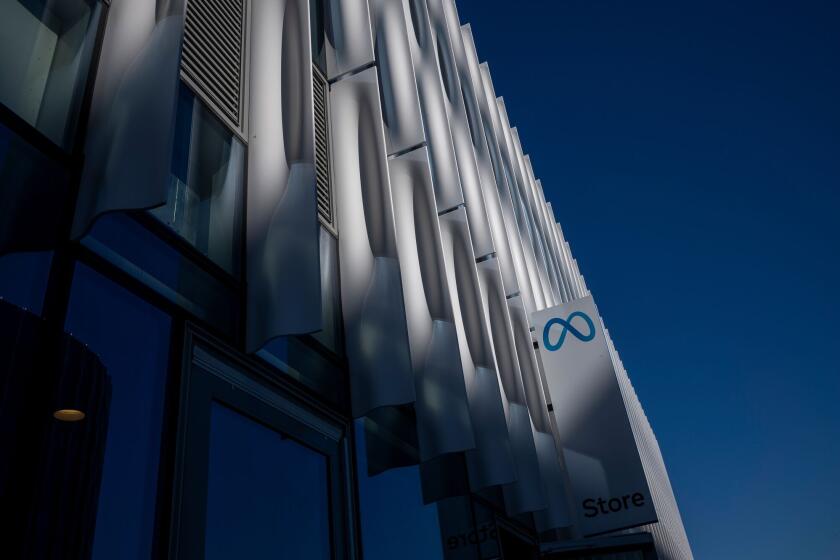Microware Tries to Defend Computing Niche : Industry: The company, which designs programs that computerize functions on such devices as cars and pay phones, has a head start on the interactive TV market. Systems’ flexibility is credited; Microsoft is trying to catch up.
- Share via
CLIVE, Iowa — Eight years ago, Kenneth Kaplan got an offer to sell his software company, Microware Systems Corp., to Microsoft Corp., which was already well on its way to dominating the personal computer software industry.
“It was pretty tempting,” said Kaplan, the firm’s president and a co-founder.
But one late night a short time later, a Microware executive “slammed his hand on the table and said, ‘I don’t want to work for the blankety-blanks. I want to destroy the blankety-blanks,’ ” Kaplan said.
“That’s been our policy ever since.”
Microsoft is still trying to break into Microware’s business, making programs that run computerized functions of things that are not typically thought of as a computer--like a TV, pay phone, traffic light or a car.
Their growing rivalry, despite its David vs. Goliath nature, is a sign of how computing is changing. In time, many products will have chips and software running inside them, and most people won’t notice or think of them as computers. Microware hopes to be a standard-setter in program design for those devices.
The company gained attention last winter when one of its programs, called David, was chosen as the software for set-top devices in the interactive TV services that Bell Atlantic Corp. will start this winter in northern Virginia, New Jersey and Pennsylvania.
Such set-top boxes are the key appliances that let TVs receive the advanced home shopping or video-on-demand services that phone and cable companies envision.
Microware has also formed a similar agreement with Nynex. Kaplan said he hopes to announce arrangements with at least two more regional Bell phone companies by the end of the year.
The company suffered its first loss last month when Southwestern Bell Corp. chose Microsoft and Lockheed Corp. as its partners for a two-way TV trial in suburban Dallas late next year.
Microsoft is developing a full-network program for use in both the switching centers and the homes and businesses at the end of a network. Microware’s software is more flexible, with the set-top box being one of many uses for it.
One sign of Microware’s lead is that David has been licensed by 22 manufacturers, including IBM, Philips Consumer Electronics, GoldStar and Samsung.
The program is a version of Microware’s core OS-9 operating system, developed in the early 1980s as a speedy way for a computer chip to manage simultaneous tasks.
More than 750 companies have put OS-9 in more than 4,000 products, ranging from the CERN particle accelerator (an atom smasher) to pay phones in France.
Such applications account for about 70% of Microware’s approximately $20 million in revenue.
Interactive TV is by far Microware’s biggest opportunity since Kaplan and friend Larry Crane started the firm in 1977 when they were students at nearby Drake University. Kaplan predicts annual revenue could grow to between $100 million and $200 million in 1999.



